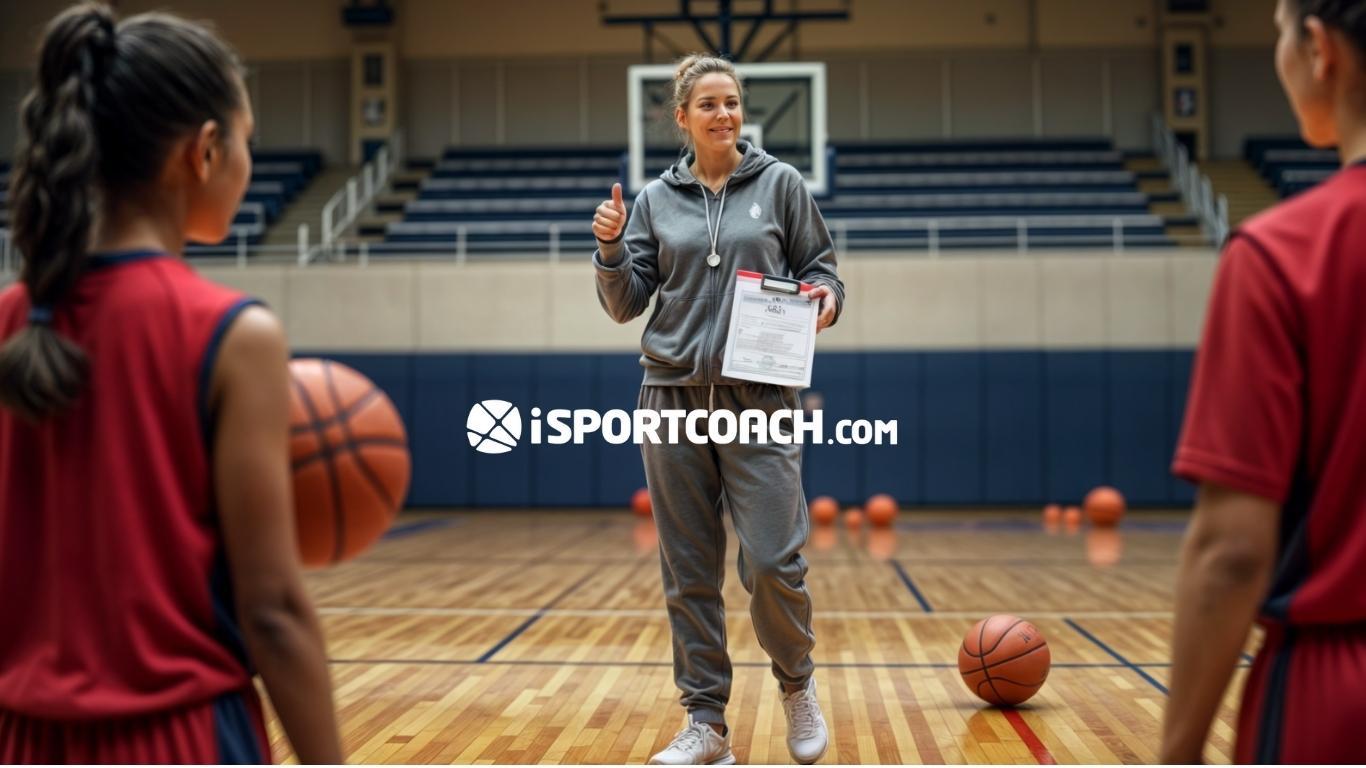

Designing a basketball practice plan that truly enhances game performance is both an art and a science. As coaches, our goal should not be limited to running flawless drills but to create an environment where players develop their skills in scenarios that closely resemble real game situations. In this guide, we’ll explore how to structure an effective basketball practice plan, incorporating key principles, practical drills, and techniques rooted in professional experience. All you need to learn how to design effective workouts.
As Brianna Finch, Assistant Coach for Boston University Women’s Basketball, points out, practices should focus on long-term development. Creating an environment that encourages self-organization, self-awareness, and adaptability is essential to ensure that skills developed in practice translate seamlessly to in-game performance.
Effective practices are not about rote repetition of predefined patterns but about exposing players to challenges that compel them to react and adapt. This includes drills that simulate real-game situations and are varied enough to maintain player engagement and continuous improvement.
There are four primary types of basketball practice, each serving a distinct purpose:
Key Recommendation: Find the “Sweet Spot”
According to Finch, the most effective practices occur when players succeed in 60%-80% of their attempts. This balance keeps them out of their comfort zone while challenging them to improve consistently.
Small-Sided Games (SSG) are invaluable tools for coaches. These drills replicate real-game scenarios with smaller teams and adjusted rules. Key benefits include:
Practical Example: 3v3 No-Dribble Game
To improve passing under pressure, organize a 3v3 half-court game where dribbling is not allowed. This forces offensive players to move strategically and defensive players to apply effective pressure, enhancing decision-making and team coordination.
Every player has a different skill level, and it’s crucial to design practices that challenge them without overwhelming them. According to author Daniel Coyle, there are three key zones:
How to Apply This to Your Practice Plan
Here’s an example of a structured and effective practice plan:
Warm-Up (10 minutes)
Skill Development (20 minutes)
Small-Sided Games (30 minutes)
Closure (10 minutes)
A coach’s role goes beyond instruction; it involves creating a structured and purposeful environment where players can thrive. To achieve this, focus on:
A well-structured basketball practice plan does more than enhance on-court performance; it fosters growth, resilience, and teamwork, laying the foundation for long-term success.
Related Posts
By Brianna Finch, Assistant Women’s Basketball Coach Boston University. She shares her approach to Practice Design and Planning through her
CROSSING THE ATLANTIC OCEAN I am Ramón Díaz, Spanish by birth and Mexican by adoption. I currently coach Capitanes from
by Manos Manouselis BASKETBALL, AN AMAZING JOURNEY The learning experience of those almost four decades is valuable and it is
Get this free basketball coaching course and discover how our digital academy works.